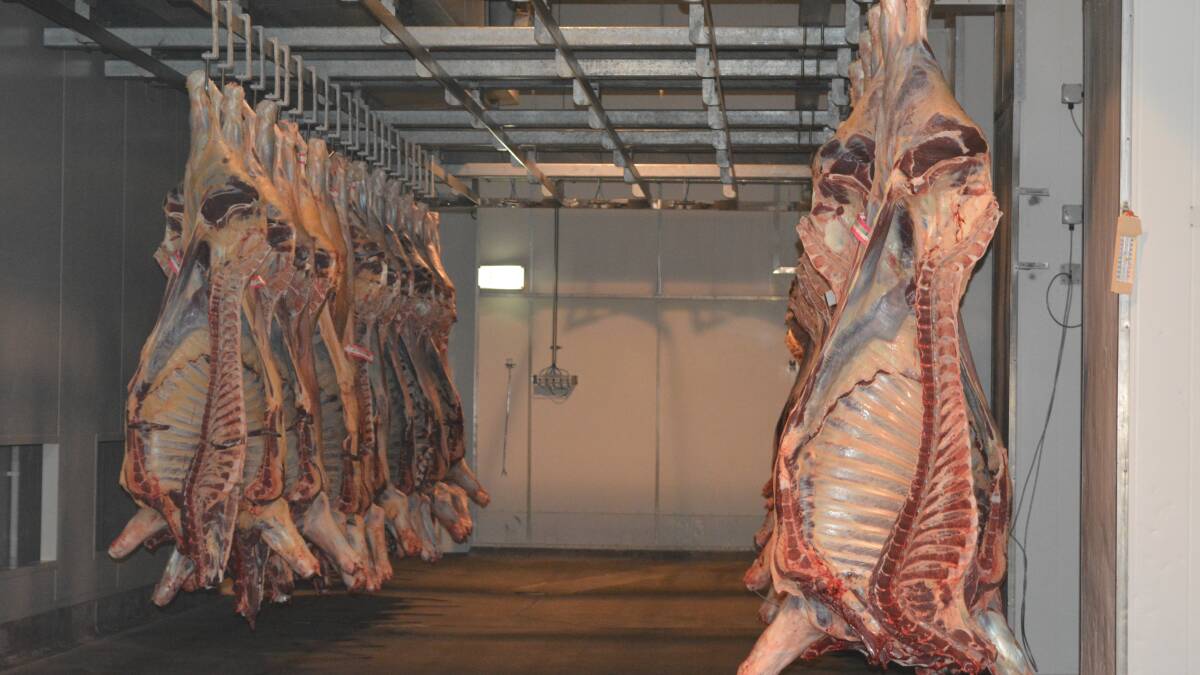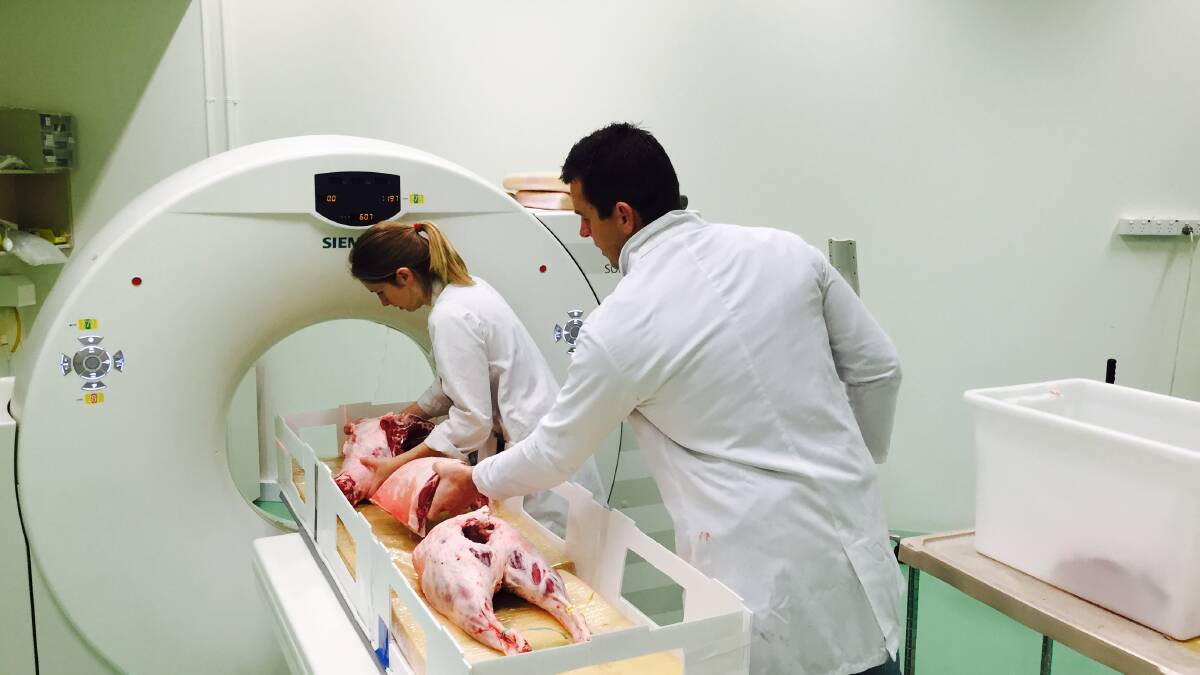
CUTTING-EDGE objective carcase measurement, the technology that will both be a game changer for Australian beef’s global competitiveness and put to rest controversial independent grader issues, will start to be rolled out in all processing plants from next year.
Subscribe now for unlimited access to all our agricultural news
across the nation
or signup to continue reading
Meat and Livestock Australia (MLA) has a revolutionary plan to acquire a commercial loan on behalf of the industry to finance the $150 million one-off cost of installing Dual Energy X-ray Absorptiometry (DEXA) gear in up to 90 registered slaughter facilities.
Managing director Richard Norton will announce the initiative at MLA’s annual general meeting today in Hahndorf, South Australia.
DEXA technology, which utilises dual energy x-ray imaging to differentiate meat from fat and bone, has been in the making for five years.
It is the first step toward the scientific measurement of saleable meat yield, which cattle producer leaders believe will underpin the shift towards value based marketing (VBM).
In turn, VBM is the way to gain value and maximise profit in an industry facing increasing competition from far larger commodity beef suppliers - it is the future of Australian beef, according to peak industry groups including Cattle Council of Australia.
Processors also believe OCM will deliver extensive productivity gains through automation, by reducing the multi-million dollar costs of grading, reducing wastage and also workforce injuries.
MLA’s visionary move comes in the wake of Australian Competition and Consumer Commission pressure for the industry to allocate a high priority to the adoption of OCM technology.
Mr Norton will tell today’s meeting the plan will drive a shift from the current subjective grading of lamb and beef to a new system of livestock production and marketing where producers could be transparently rewarded against objective data and value measurements.
MLA believes universal adoption of the technology is the only way to capture the potential of the data it generates to benefit all of industry.
Data was the most important product of OCM and MLA’s plan ensures that would be available to all participants across the value chain, according to Mr Norton.
Lamb and goat DEXA technology is now ready for commercial deployment, while for beef the research and development is nearing completion and will be ready for commercial installation trials in early 2017. That process is expected to take several months.
OCM was on par with initiatives like the Meat Standards Australia eating quality system and the industry’s food safety and traceability systems, both of which continue to return hundreds of millions of dollars to producers decades after their implementation, according to Mr Norton.
In developing its plan, MLA had listened carefully to calls from the industry for more transparency in the process of grading carcases at abattoirs and, more recently, had noted the ACCC’s remarks around the integrity of the grading process, he said.
Under the plan, Aus-Meat will be the whole-of-value-chain independent regulator, calibrating the system, conducting audits and providing a complaints resolution process.

One of the industry’s strongest advocates of value based marketing, Cattle Council of Australia director David Hill, from central Queensland, said the sort of data OCM could generate would give farmers the tools to deliver everything from increased productivity to improved eating quality.
“Value based marketing will give us price signals that allow us to make decisions that maximise our profit, that allow us to value-add the article we produce,” he said.
“We don’t want to be competing in the same space as the likes of Brazil and India,” he said.
“We have to target the high end customer. We have to be thinking about how we get ourselves into the next value niche.”
He has long argued value based marketing was the answer to the boom and bust nature of the beef game.


